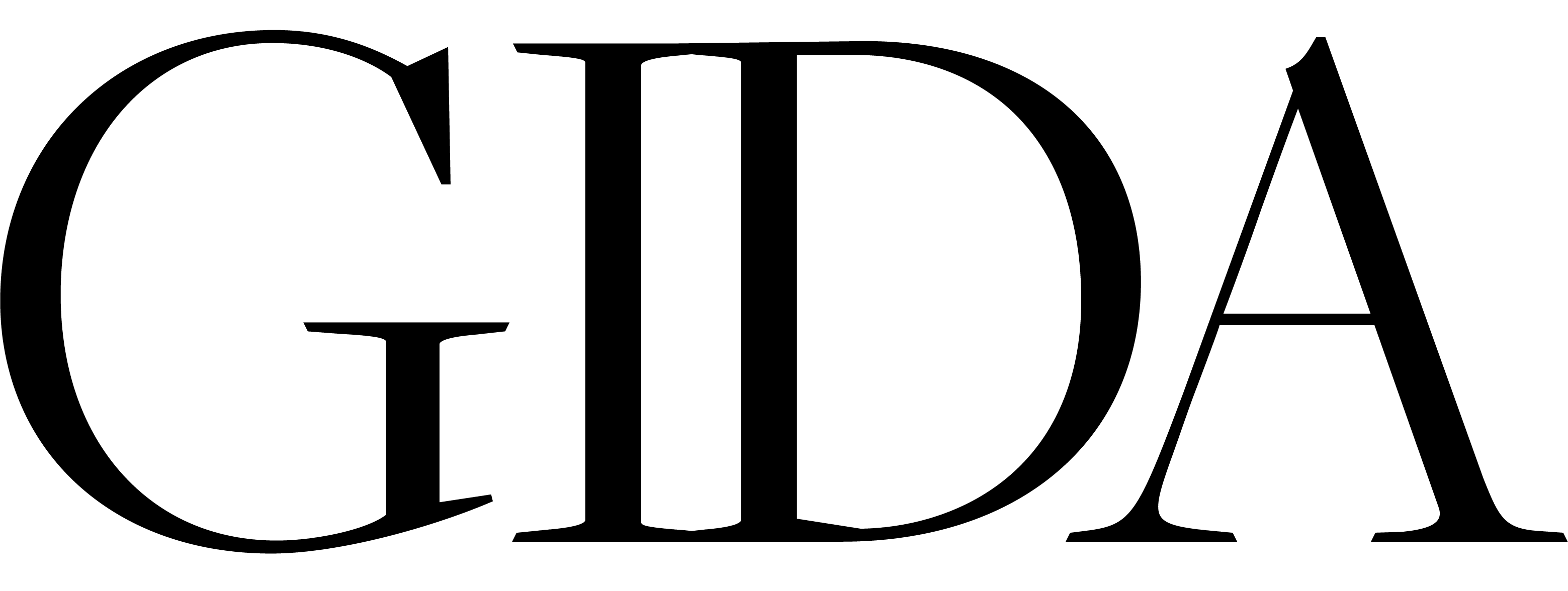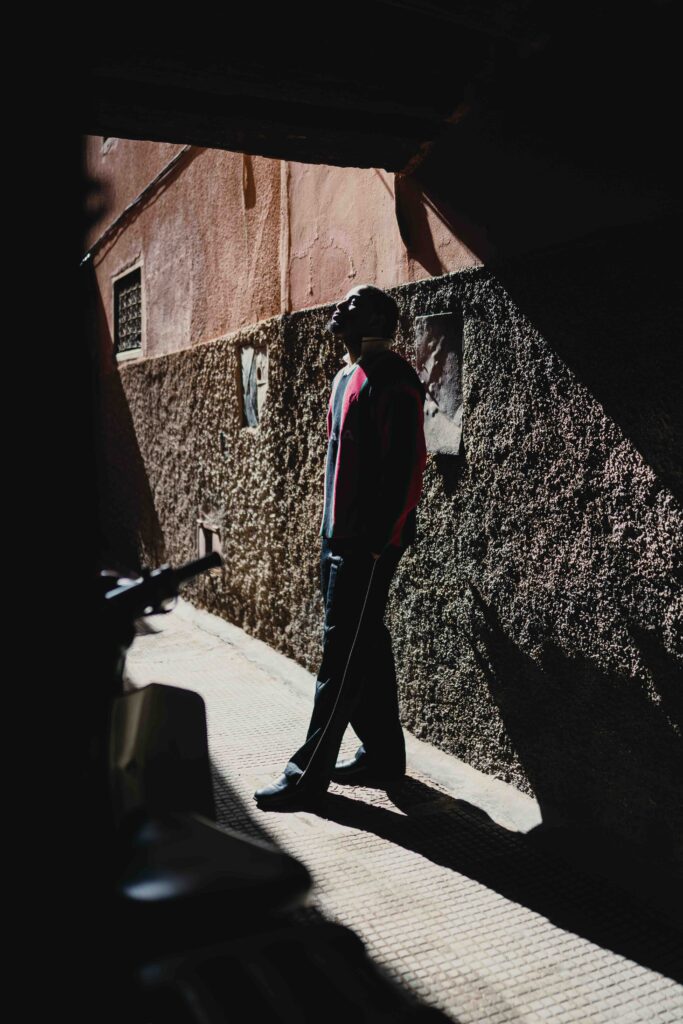
Historiographing: Heritage, Maps and Rehearsals
Interview by Momo Hassan-Odukale
Photography by Adberrahmane Ajja
February 2024 | GIDA x 1-54 MEDIA PARTNERSHIP
Post the 1-54 Art fair in Marrakech, I had the privilege to delve into the creative realm of transdisciplinary artist Henrique J. Paris, particularly focusing on his recent exhibition at Riad Alena. We navigated through the intricacies of his practice, shedding light on the thematic, conceptual, and spatial dimensions that define his unique artistic expressions.
Momo: What inspired you to focus on memory and thinking structures in your work? How do these concepts influence your creative process?
Henrique: Living in the UK or visiting European cities, with their colonial legacies and philosophies, has made me realise that memory and imagination are like infrastructures or sites. They allow us to envision structures that extend beyond our limits or current frameworks. Working with memory and imagination enables us to perceive ourselves within these realms.
Momo: You've mentioned how images can tell histories, and that there's no such thing as a singular history. Could you elaborate on how you use images to create narratives and challenge conventional historical narratives?
Henrique: When we look at large images, we often focus on the overall scene. However, by zooming in on specific details, we can uncover valuable insights into the interactions and human connections that were occurring at the time the image was captured. This approach allows us to ask critical questions, as we relate these gestures and positions (that we do everyday) to our own experiences, transporting ourselves to the everyday realities of that time period.

Momo: In your work, you've explored the interplay between bodily performativity and spatial memory. How do these themes manifest in your multimedia installations and still-moving-images?
Henrique: My installation works incorporate design elements that consider both the object’s performance within the space and how people will interact with it – be it a museum, which can present challenges, or a preferred performance space. I also consider how the viewers will perform around the object, whether I want them to look up, down, or get closer to the object. This choreography of movement around the object informs my creative process, I consider how different materials, such as A4 pages of paper, evoke specific reactions from viewers, aiming to create a sensory experience.
Momo: Your approach is deeply rooted in anti-colonial theory, and you've mentioned your interest in choreographing eventscapes and timelines that speak to one another. How do you approach these connections in your work?
Henrique: Kuduro, the specific dance I integrated into this installation, was precisely how I danced with my friends while growing up. It became my initial mode of storytelling and communication, choreographing movements to convey specific narratives. Beyond just cultural expression, it essentially acted as a historiographic journey through time. I asked questions such as: Why was this dance created at that specific moment, and why does it manifest in this particular bodily structure? Dancing is not solely about movement; it's about crafting images with one's body, which in turn, generates knowledge and understanding. The process of dance mirrors the way we produce and interpret images, offering a perspective on historical recollection.
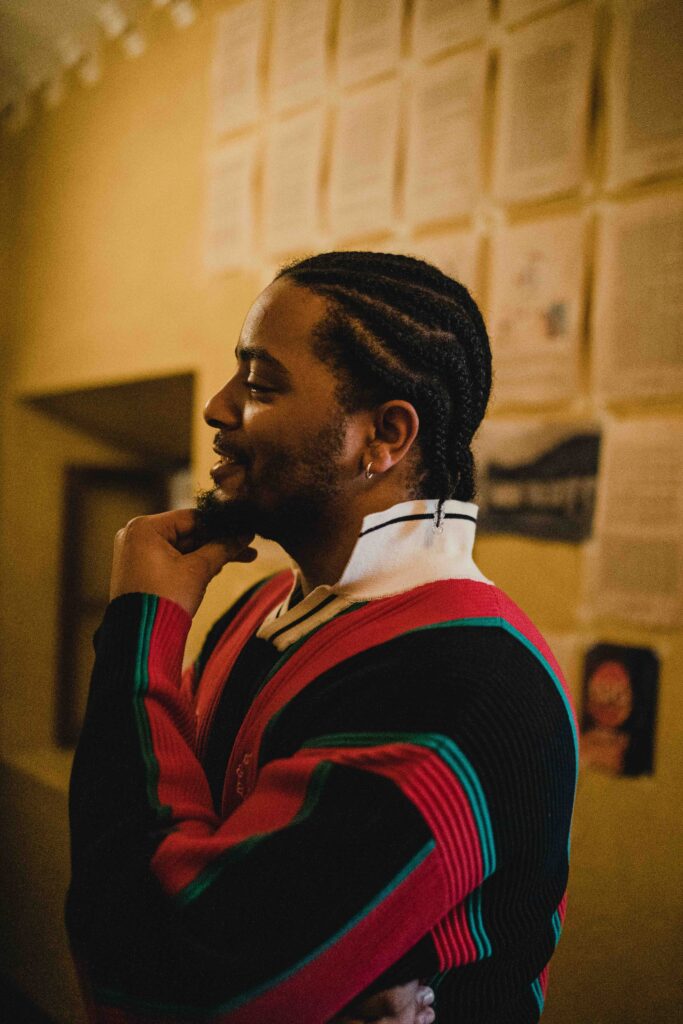
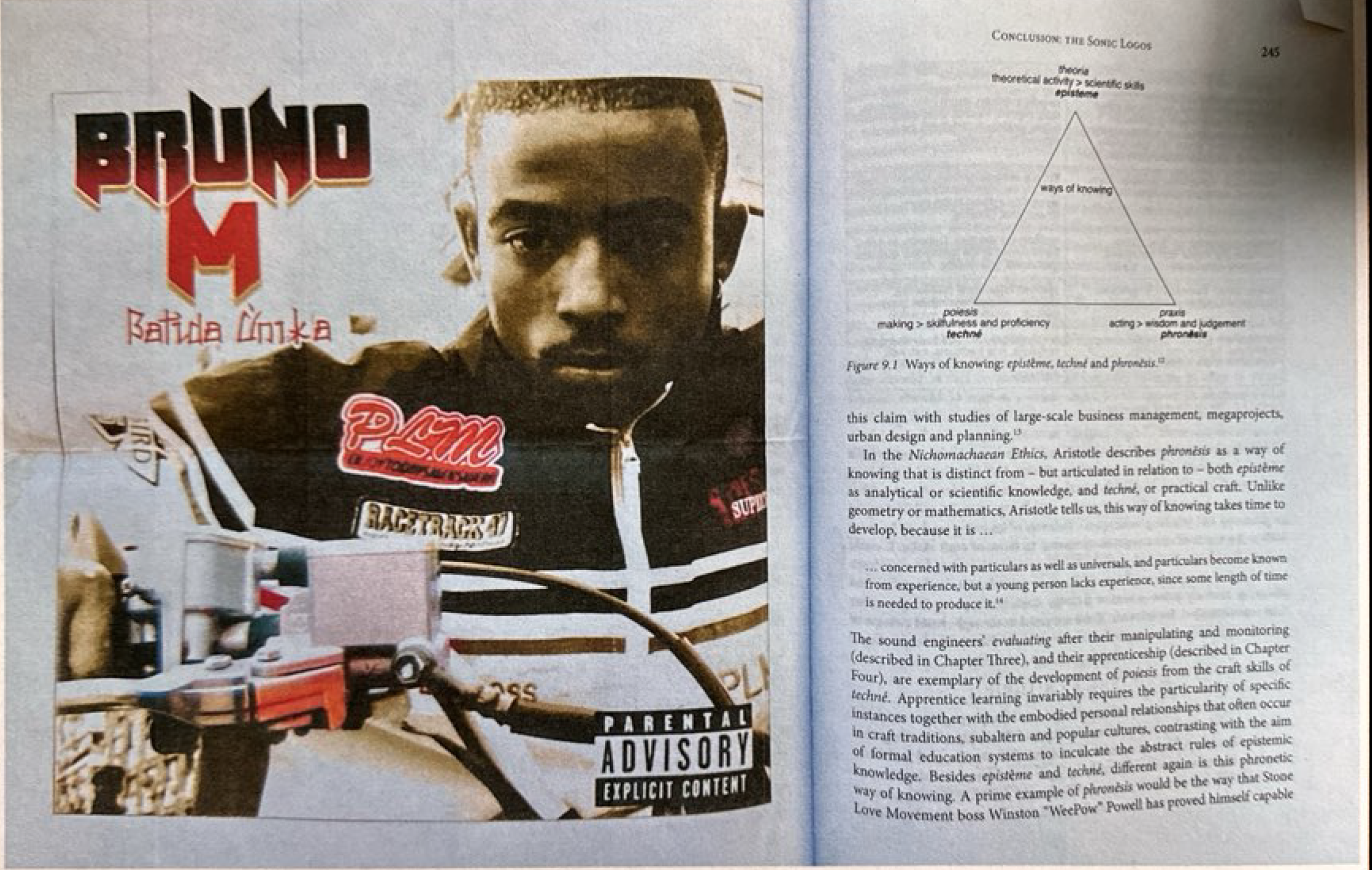
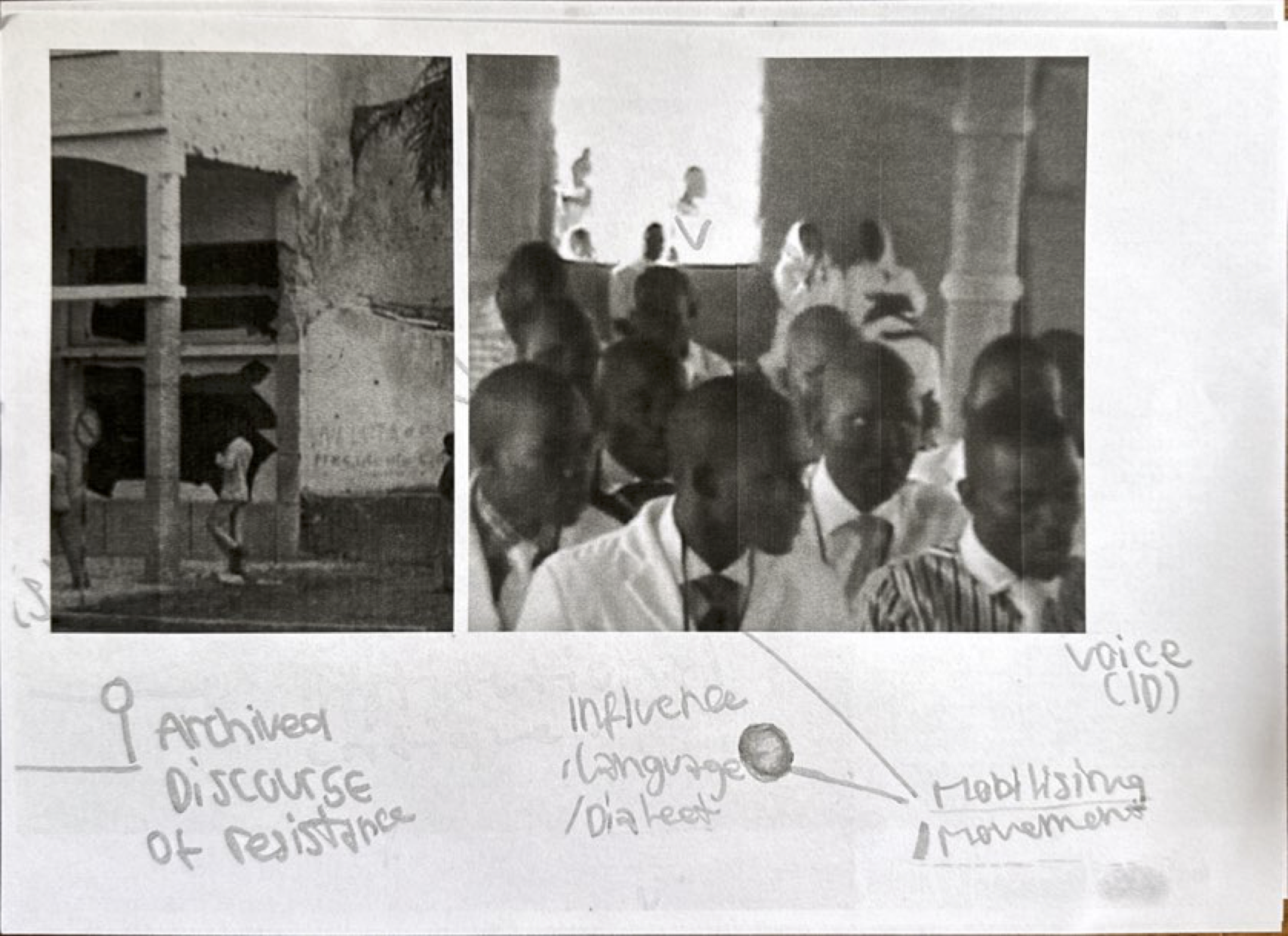

Momo: Mapping plays a significant role in your research methodology and presentation especially so at Riad Alena. How did you use mapping to explore spatial knowledge and challenge traditional representations of space?
Henrique: My exhibition at Riad Alena prompted me to question the historical use and function of traditional architectural structures. Riads are now used as luxury retreats for tourists. However, it's essential to question the history, how it was used then, how it functions now, and how it will be used in the future – and to question what interventions we can make to remember the original use. This installation highlighted these questions. I interpreted the living room (the research environment with all the A4 papers stuck to the wall) as a laboratory. The rooftop, I interpreted as an altar and the staircase was a limbo between the past and present. I tried to make the physical experience more internal. I don't necessarily have a connection with the ancient Moroccan or Algerian use of the Riad’s but I immersed myself in different possibilities of what it could be, outside of what it is now.

Momo: What are some of the challenges you face when working with multimedia installations and still-moving-images? And if any, how do you navigate these challenges while maintaining your vision?
Henrique: I wouldn’t say I encounter challenges when working with multimedia; rather, it is more like embarking on new journeys. Each time I delve into a project, there’s an element of resistance that I need to overcome. For example, working with diverse materials like wood and strings presents its own set of challenges, but it also leads to growth.
Momo: What challenges do you have as an emerging artist entering the institutional art world?
Henrique: I find that there is often a disconnection between the ideals of freedom and openness that institutions profess — the willingness to engage in meaningful epistemic work. Many times, I’ve observed a superficial engagement, where words like “freedom” and “new thinking” are thrown around without a genuine commitment to the deeper, introspective work required. In situations like this, I find it crucial to assert my position from the very first interaction, setting the tone by asking questions and filling the space with critical dialogue.

Momo: How do you see your work evolving in the future? Are there any specific themes or concepts that you want to explore further?
Henrique: I would say sounds- using more sound and working with sound producers but not in the sense of music more like responses to architectural installations and how they may sound. I talk about silence and absence a lot - so about materiality and how things take form but then if the audience I'm talking to can't imagine specific sonorities I would want to exchange those possibilities and ideas with sound makers.
GIDA © 2024

